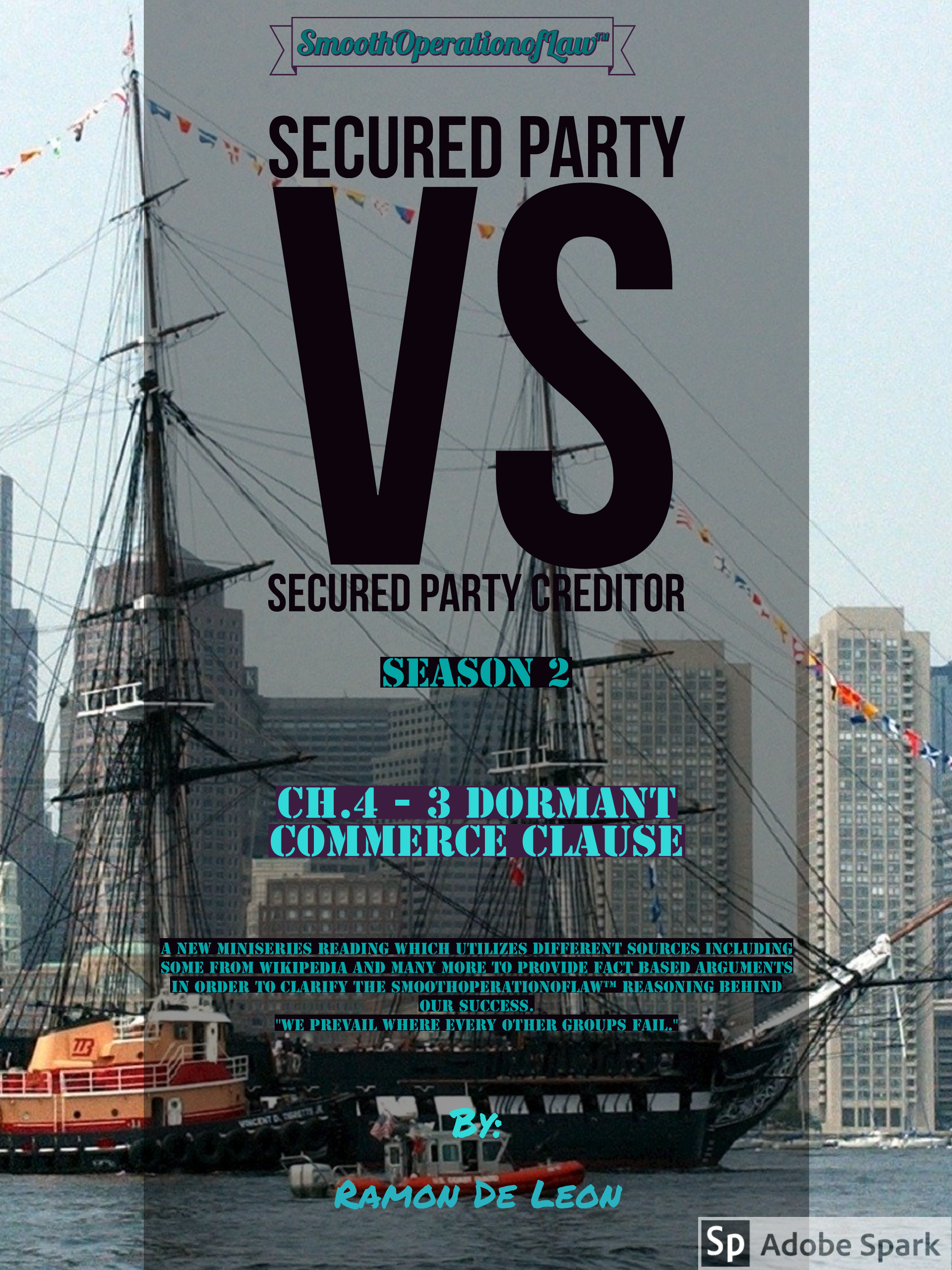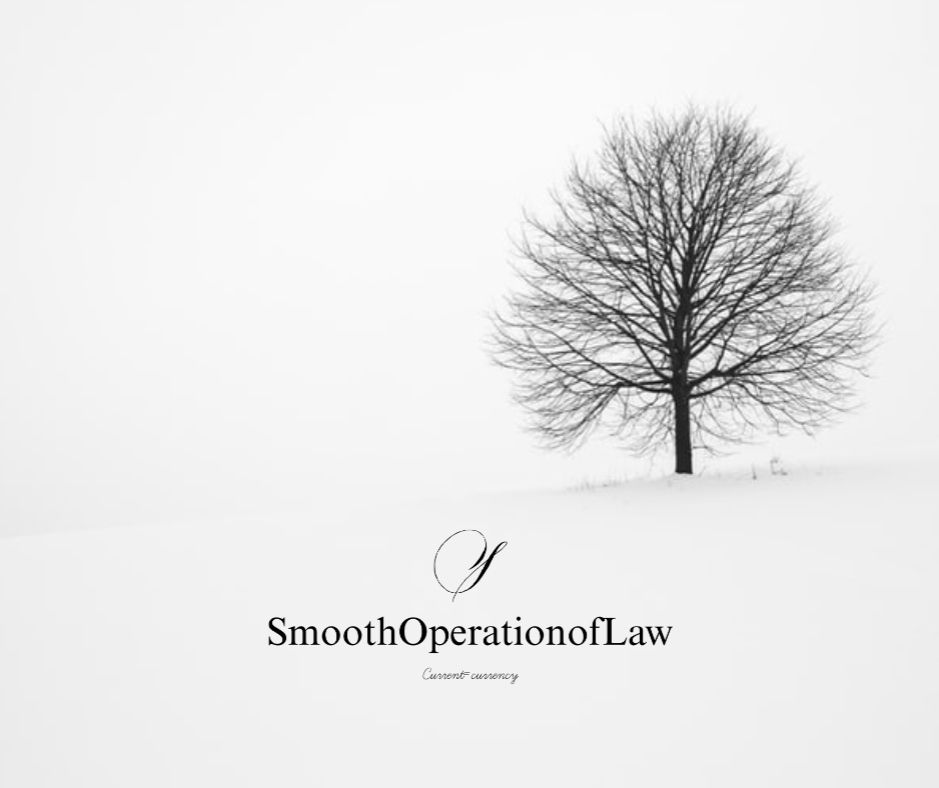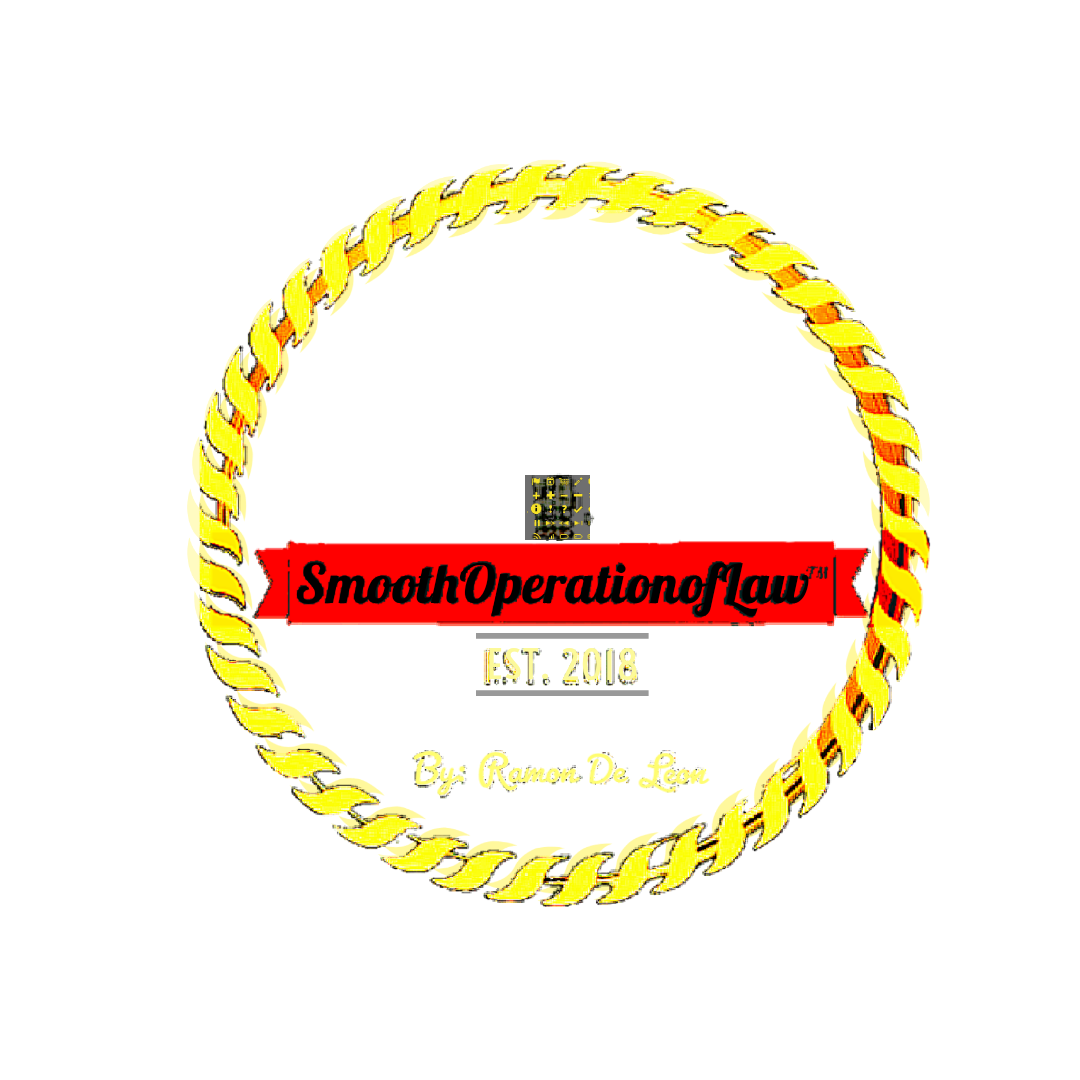This is a subtitle for your new post
The body content of your post goes here. To edit this text, click on it and delete this default text and start typing your own or paste your own from a different source.
Trust and Intellectual Property: Navigating Legal Intersections
New Paragraph
New Title
Trust and Intellectual Property: Navigating Legal Intersections
Introduction
Trust law and intellectual property (IP) law, while seemingly distinct, intersect in ways that impact the management and protection of valuable assets. Trusts, as legal instruments, can hold and manage various forms of property, including intellectual property, for the benefit of designated beneficiaries. The integration of trust law and intellectual property law is particularly significant in the context of estate planning, asset protection, and business strategy. This essay explores the interplay between trusts and intellectual property, emphasizing the legal frameworks, strategic considerations, and practical applications.
Understanding Trusts
A trust is a fiduciary arrangement where one party, known as the trustee, holds and manages assets on behalf of another party, known as the beneficiary. Trusts can be revocable or irrevocable, with each type serving different purposes. Revocable trusts allow the grantor to retain control and make changes, while irrevocable trusts offer greater asset protection and tax benefits by removing the assets from the grantor's estate.
Trust law is governed by state statutes and case law, with significant variations across jurisdictions. In California, for instance, the Probate Code sections 15403 and 15404 address the modification and termination of trusts, highlighting the role of trust protectors and the conditions under which changes can be made.
Intellectual Property: A Primer
Intellectual property refers to creations of the mind, such as inventions, literary and artistic works, designs, symbols, names, and images used in commerce. The primary categories of IP include patents, copyrights, trademarks, and trade secrets. Each type of IP is protected under different legal frameworks:
- Patents: Governed by the U.S. Patent and Trademark Office (USPTO) and provide exclusive rights to inventors for their inventions.
- Copyrights: Protect original works of authorship and are managed by the U.S. Copyright Office.
- Trademarks: Governed by both state law (e.g., California Business and Professions Code Section 14200 et seq.) and federal law (The Lanham Act, 15 U.S.C. § 1051 et seq.), protecting brand names and logos.
- Trade Secrets: Protected under state laws and the federal Defend Trade Secrets Act, covering confidential business information.
Intersection of Trust Law and Intellectual Property
Estate Planning and Asset Protection
One of the primary reasons for integrating IP into trusts is estate planning. High-value IP assets, such as patents, trademarks, and copyrights, can be placed in trusts to manage and protect them for future generations. By transferring IP assets into an irrevocable trust, the grantor can reduce estate taxes and protect the assets from creditors.
For example, an artist with a valuable portfolio of copyrighted works can place these assets into a trust, ensuring that the income generated from licensing or sales benefits their heirs. Similarly, an entrepreneur with patented inventions can use a trust to manage the commercialization and licensing of these patents, providing a steady income stream for beneficiaries.
Business Strategy and IP Management
Trusts can also be used as strategic tools in business, particularly for startups and companies with significant IP portfolios. By placing IP assets into a trust, businesses can separate ownership from management, allowing for more flexible and efficient IP management. This approach can be particularly beneficial in joint ventures or collaborations, where multiple parties need to access and utilize the IP without transferring ownership.
For instance, a technology startup with several patents might place these assets into a trust managed by an independent trustee. This arrangement can facilitate licensing agreements, attract investors, and protect the IP from potential litigation risks associated with the business operations.
Legal Considerations and Challenges
While the integration of trusts and IP offers numerous benefits, it also presents legal challenges. Trustees must navigate complex IP laws and ensure proper management and protection of the assets. This responsibility includes maintaining registrations, monitoring for infringement, and enforcing IP rights.
Additionally, the valuation of IP assets can be challenging due to their intangible nature and fluctuating market value. Accurate valuation is crucial for trust administration, tax purposes, and determining fair distribution to beneficiaries.
Case Studies and Examples
Walt Disney Trusts
The Walt Disney family provides a notable example of using trusts to manage and protect IP assets. The Disney family's trusts hold significant copyrights, trademarks, and other IP related to the Disney brand. These trusts ensure that the family's legacy and income from the Disney empire are preserved for future generations while providing asset protection and tax benefits.
Technology Startups
Many technology startups utilize trusts to manage their IP portfolios. For example, a biotech startup developing proprietary drug formulations might place its patents into a trust. This strategy can attract investors by providing a clear and secure structure for IP ownership and management, reducing risks associated with potential disputes or mismanagement.
Conclusion
The intersection of trust law and intellectual property law presents unique opportunities and challenges for asset management, estate planning, and business strategy. By leveraging trusts, individuals and businesses can protect and efficiently manage valuable IP assets, ensuring their longevity and maximizing their potential. However, navigating the complexities of both legal fields requires careful planning and expertise. As the legal landscape continues to evolve, understanding and effectively integrating trust and IP law will remain crucial for safeguarding intellectual property and securing financial futures.
All Rights Reserved | SmoothOperationofLaw © 2024
New Title
New Paragraph
Contact Us
Coming Soon
This is the text area for this paragraph. To change it, simply click and start typing. Once you've added your content, you can customize its design by using different colors, fonts, font sizes and bullets. Just highlight the words you want to design and choose from the various options in the text editing bar.
Flexible environment
This is the text area for this paragraph. To change it, simply click and start typing. Once you've added your content, you can customize its design by using different colors, fonts, font sizes and bullets. Just highlight the words you want to design and choose from the various options in the text editing bar.














